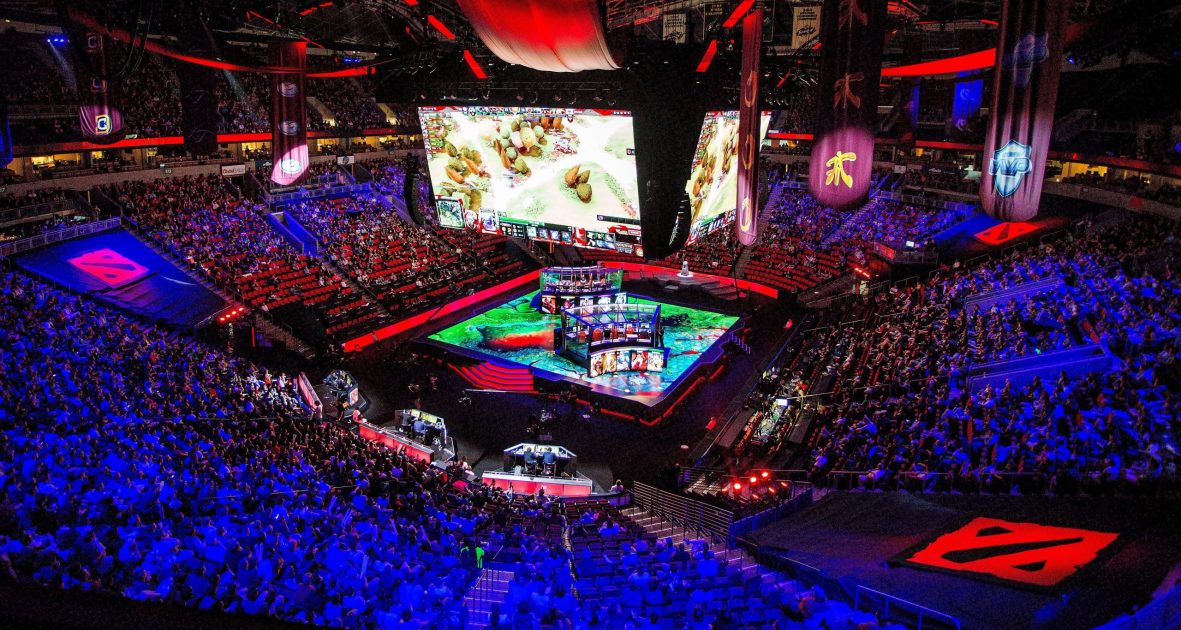The Nintendo Switch has a wide selection of games, and there is certainly no shortage of RPG’s available on its system, both western and Japanese. The Switch supports popular roleplaying games that are available on other consoles, but it also has a good collection of exclusive titles. One of these exclusive games is Nintendo’s own Fire Emblem: Three Houses.
The Fire Emblem series is known for its notoriously challenging turn-based strategy games. They combine the tactical gameplay you would expect from a tabletop strategy game with the storyline and character development of a regular JRPG. Battles are usually played over a grid-based map, each tied to a corresponding area in the game world’s main and side quests. Players fight through these maps by choosing from a wide pool of characters, each with their own unique classes and abilities, which can then be used to fight around a specific strategy tailored by the player.
Games in the Fire Emblem series usually put more emphasis on its gameplay rather than a character-driven plot. Players are expected to make the most detailed strategies during combat. Most of the time, however, they are not required to make such decisions during the “down time” of dialogue sequences and story cutscenes. You are pretty much watching a movie, whilst playing through the fight scenes. Fire Emblem: Three Houses follows a much different approach to story-telling.
Although Fire Emblem: Three Houses still has its epic battle pieces, where you agonize over each and every action to make the most out of each fight, you are also expected to put the same effort and thought conversing with the game’s many characters. Its story structure is relatively new to the series, and it makes your main character’s relationships and interactions just as important as their placement on the battlefield.
Fire Emblem: Three Houses still has an epic fantasy story the series is known for, enhanced by a branching storyline, but character development plays a huge role in the player’s experience. Character development is thrust into the open, with the interactions between each character during the down time having a huge effect on their combat effectiveness. Think Fire Emblem mixed with the character-driven plot of Persona 5, with a dash of your run of the mill dating simulator.
Story
In Fire Emblem: Three Houses, you take the role of a young mercenary who becomes a professor at a church-run officer’s academy in the land of Fodlan. Early in the game, you get to choose between three different houses to lead, ala-Hogwarts, with each house tied to a specific country, having its own unique culture and allegiances. The houses in question are the Blue Lions, the Golden Deer, and the Red Eagles. The Blue Lions favor close quarter combat, the Golden Deer house is centered around ranged combat, whilst the Red Eagles emphasize characters that use magic. Choosing one house over the other does not lock you out from a specific combat style. For example, you can still have close-quarter combat even when you join Golden Deer. It just gets a little difficult leaning towards that playstyle early in the game if you join that house.
Each house has their own pool of characters to start, usually characters that are connected in one way or another to the country the house is aligned with. Much like the combat styles, you’re not completely locked out of most playable characters. Any character you don’t start with, including non-students like mercenaries, professors, and church officials, can be invited to your chosen house later in the game. The only exception to this is the leaders of each respective house, their lieutenants and some temporary characters vital to the plot.
So, how do you invite people over to your house? That’s where the “influence” mechanic comes in. You have a chance to increase your influence level over a specific playable character based on conversation choices you make talking to them in the quest hub. Deploying them into battle also has an effect on increasing their influence but conversing with them outside of combat has a much bigger effect overall. A high enough influence level allows you to invite someone into your house, but that doesn’t mean you can’t have a meaningful relationship with them if they’re not a member.
Players are also encouraged to delve deep into each character’s storyline and lore, thanks to how the influence system also increases a particular character’s effectiveness in combat. Furthermore, story cutscenes and dialogue are also unlocked the higher a character’s influence level gets. This unlocks more information not just on the characters, but on the lore of the game world as well.
Now, influence isn’t limited to how Byleth, the main character, interacts with other playable characters. Each playable character has an influence level between them and other playable characters as well, creating an intricate web of friendships, rivalries, and of course, romances. Couple that with an academy setting, which also runs on a schedule system similar to an actual school, and you have a deep, character-driven story that is as intricate as the combat itself, arguably even more so. Certainly, these story interactions have become a centerpiece for the game as much as the strategy-based combat has.
The influence system, including 4 different endings, offer a lot of re-playability, with each playthrough giving you a unique experience each time.
Combat
If you are a veteran of the Fire Emblem series, then you pretty much have an idea of how the combat works. Each battle is divided into different turns: the player character’s, their allies, and later, the enemy. You can choose which character moves or attacks first. There is no speed stat to limit which character gets to move over another.
Depending on the mode you’ve chosen, character death in the game can either be permanent, as is the case with Classic game mode, or characters can be revived between each battle. Combat takes place over a grid-based map that may have obstacles that block or limit movement, like bodies of water, and terrain that increase stats when a character ends their turn on it. An example would be forest tiles that increase a character’s evasion stat.
Each character can have a variety of classes, including mounted knights that minimize movement penalties, or flying units that ignore them altogether. Combat in Fire Emblem: Three Houses can be challenging at first, especially for players unfamiliar with the series. However, in an effort to make the game more accessible to new players, the combat has been downgraded somewhat. It is a lot less challenging than the combat in previous entries of the series, even on higher difficulty levels. Still, there is still plenty of strategizing to be done, which is a hallmark of the combat in Fire Emblem games.
Final Thoughts
The Fire Emblem series is a strong, well-established franchise amongst many JRPG’s. Its unique combat offers a fresh way to enjoy a roleplaying game. Unfortunately, however, despite being so unique, each new game in the entry seems to offer no new innovation that can be considered a “game changer”. Until now, that is.
Fire Emblem: Three Houses offers a breath of fresh air for the series, emphasizing character-driven story over an increasingly stale combat system, and it works. You have plenty of re-playability, thanks to how the influence system works and the different branching storyline. Couple that with multiple new DLC’s, both planned and already released, and you can enjoy this game and its characters for multiple hours.




